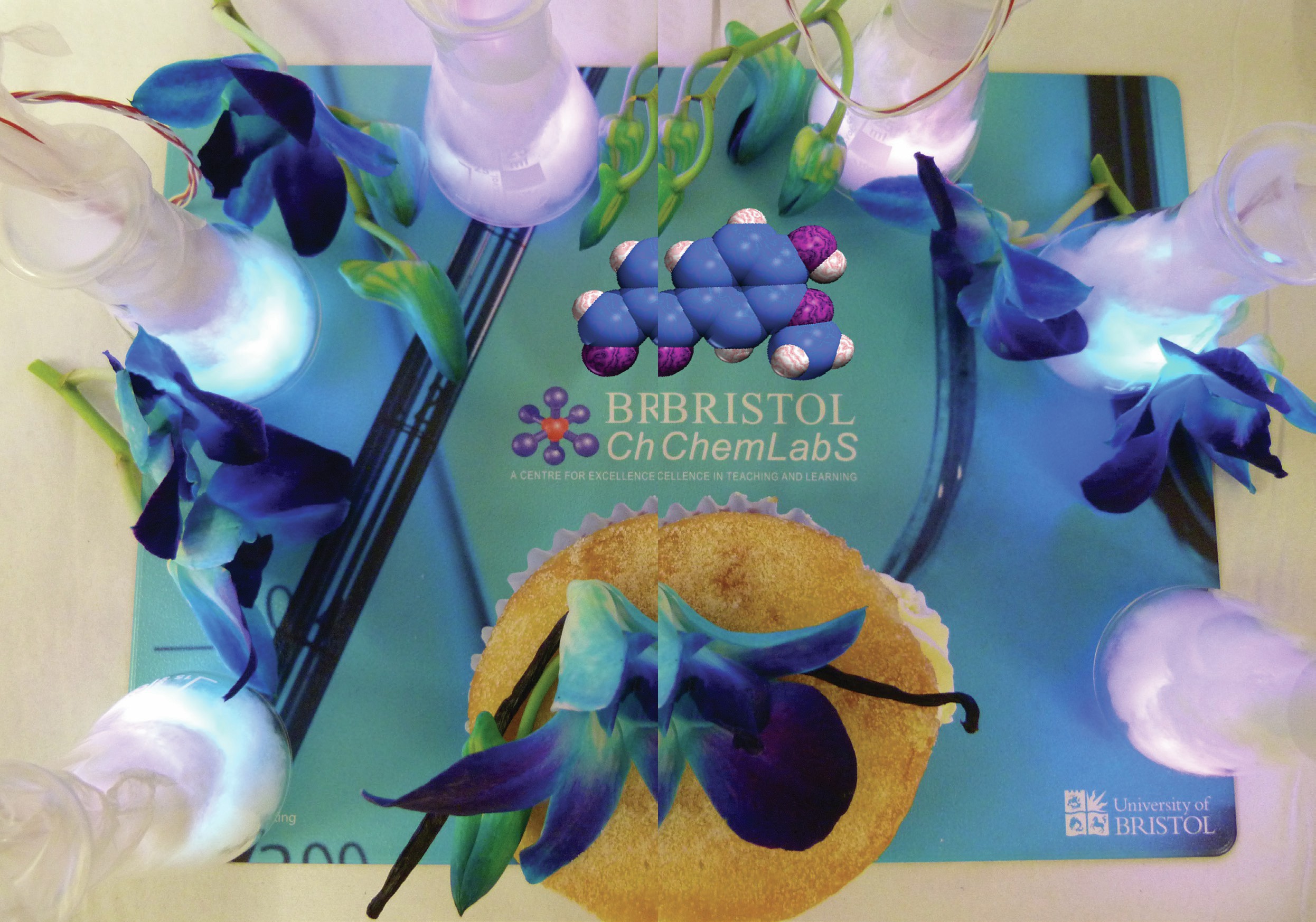
Many of our blog posts are centred around compounds found in plants. By bringing interesting plants into a laboratory setting and exploring the uses of some of the molecules produced by them, we hope to challenge the divide between nature and laboratory.
Take chillies (Figure 1). Not only can they spice up food, but they also have antimicrobial and antifungal properties. While they have been used in pepper sprays to fend off angry humans, curious bears and hungry elephants, this would not work on birds. Differences in physiology mean that birds cannot experience the heat and pain of a hot chilli (see CHEMISTRY REVIEW, Vol. 22, No. 1, p. 34). The key molecule in chilli is capsaicin, and the 1-hydroxy-2-methoxybenzene part of its structure is also found in vanillin (Figure 2), the topic of another blog post.
Your organisation does not have access to this article.
Sign up today to give your students the edge they need to achieve their best grades with subject expertise
Subscribe




